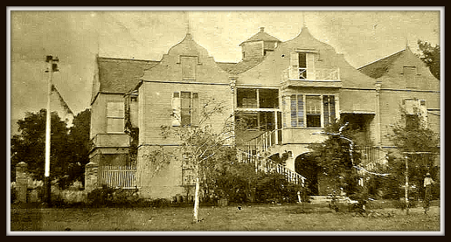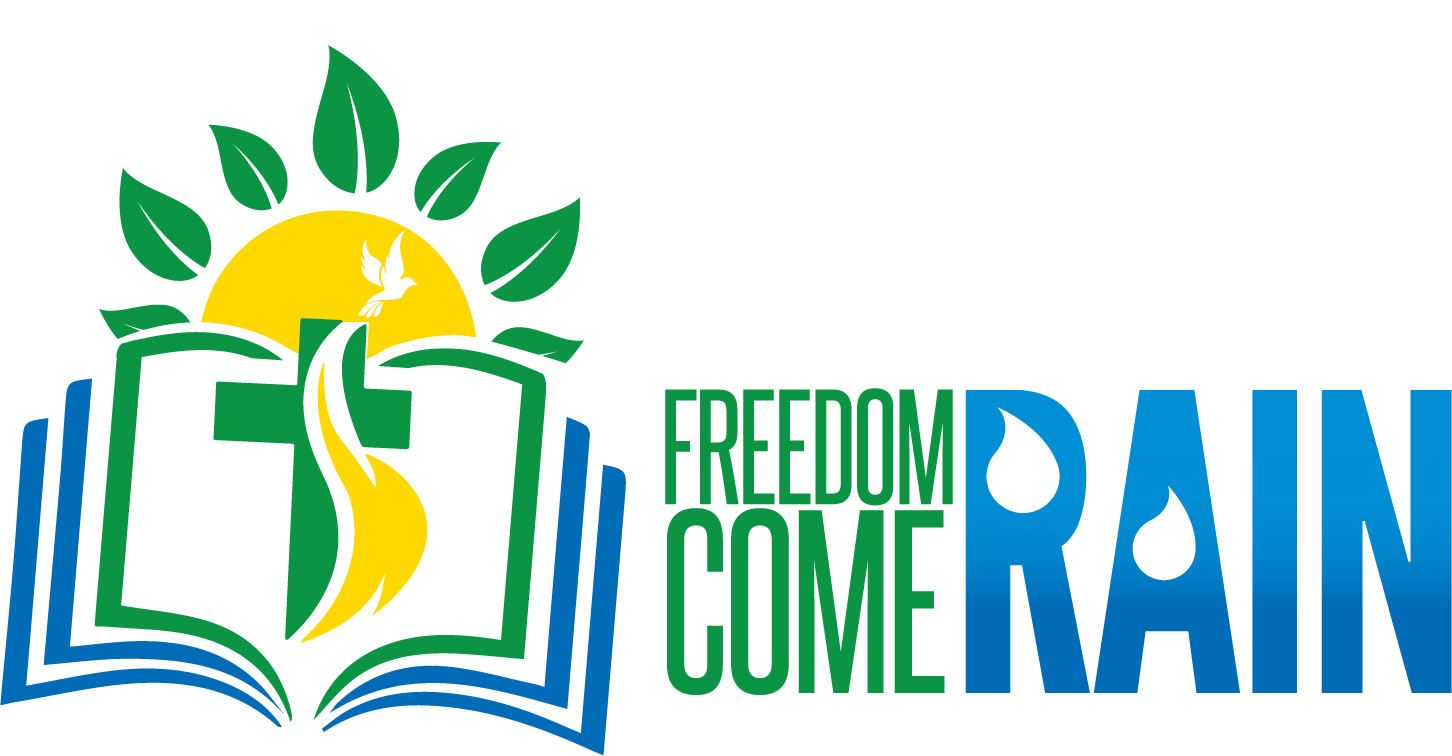By Patricia Green
I was mindful of the sanctity of Emancipation Park as I delivered the keynote address on July 31, 2022 at its 20th anniversary celebration ceremony. The ceremony coincided with the 188th for the 1834 Emancipation of African people from slavery by Britain, and the 60th anniversary of Jamaica’s Independence.
DECOLONISING THROUGH PRAYERS
I chose to dedicate the space as solemn and shared the significance of the prayers that brought about Emancipation as recorded by Baptist Minister and Abolitionist James Mursell Phillipo, who established a church in Spanish Town. Phillipo, in his 1843 book ‘Jamaica: Its Past and Present State’ ‘illustrated a treadwheel used to punish Jamaican enslaved people by tying their hands above their heads on a rail as tens of them, bare-footed, were whipped and forced to tread on a rotating wheel. I paralleled the modern-day exercise equipment called a treadmill, as I watched Emancipation Park joggers.
From May 26 to June 30, 2023, Baptist Minister Rev. Jeffery Shuttleworth conducted outside broadcasts from inside Emancipation Park about current oppressions and acts of atrocities taking place in the nation of Jamaica. Like Rev. Phillipo before him, Rev. Shuttleworth extended the cry to international platforms. Simultaneously, on the outskirts of Emancipation Park and at other public places island wide, Mondays to Fridays between 6am and 12 noon, placard-bearing persons assembled offering prayers and praise.
On the afternoon of Sunday, June 25, 2023, Rev. Shuttleworth led a solemn assembly at Emancipation Park in partnership with the Association of Christian Communicators and Media, and I was heartened to encounter a father, mother, and teenaged children who journeyed from St. Ann to attend.
THE ENSLAVEMENT YEARS
Emancipation Park genealogically stems from subdivision of our Taino First People ‘Liguanea’ agricultural lands after Christopher Columbus arrived in 1494 and captured Jamaica for Spain. ‘Liguanea’ became Spanish colonial plantations called “hatos.”
Veront Satchell in ‘Hope Transformed: A Historical Sketch of the Hope Landscape, St Andrew, Jamaica, 1660-1960’, shares that Major Richard Hope, one of the English officers involved in the 1655 capture of Jamaica from Spain, was granted ‘Liguanea’ by the King of England. It extended from the mountains above the Hope River to the sea, covering 1700 acres. Major Hope also owned ‘Mona’ and ‘Papine’ (2,620 acres) estates, which remained in his family for over 250 years until 1914.
On Jamaica-history.weebly.com, Brett Ashmeade-Hawkins states that in the 18th century, Abraham Alexander Lindo (1775-1849) owned ‘Snow Hill Pen’ (part of ‘Liguanea’) which measured 72 acres. He was a Jewish merchant with many other properties and nine children. His business involved direct trading with England and the Spanish empire. We recognise that in those days, the English supplied enslaved Africans to the Spanish colonies, and Lindo undoubtedly was involved in this trade.

Lindo sold Liguanea’s southern half to Benjamin Marriott Perkins I, who renamed it ‘Castle Perkins.’ Perkins was a magistrate and assistant judge in Kingston, and common councilman there in 1824.
The University College London ‘Legacies of Black Slavery’ lists the various owners of enslaved Africans including the Hope family, Lindo, and Perkins who was described resident in Jamaica, dying c.1828, and had two children with Jane Anne Forbes, a “free woman of colour.”
In 1878, the property was sold to Sir John Lucie-Smith, Chief Justice of Jamaica (1869-1884), who renamed it Knutsford Park. In1907, Knutsford Park Great House became a 40-room hotel.
RACECOURSE BUSINESS
Emancipation Park historically forms a part of the property ‘Knutsford Park’ shown as 143 acres on the 1880 Thomas Harrison cadastral maps. To its north was “Trafalgar Pen” – 56 acres, east was ‘Felixstowe’ – 22 acres, west ‘Winchester Park’ – 31 acres, beside ‘Ruthven’ – 40 acres, and south – ‘Richmond Park Estate’ – 27 acres.
Today, these names are only to be found as streets in the area. For example, Emancipation Park is situated on Knutsford Boulevard. Erroneously said to be in Kingston, these properties are on the Liguanea Plain in the Parish of St. Andrew. Kingston is another Parish extending from the Downtown waterfront up to Torrington Bridge. The two Parishes are now enjoined as Kingston and St. Andrew.
The History of Emancipation Park states that 85 acres were developed as the Knutsford Park Racecourse with horseracing and polo matches as a part of the Liguanea Club “…a recreational and social club for the upper class in society…” This Club opened November 22, 1910, on over 35 acres, with Sir Fielding Clarke, Chief Justice of Jamaica as its first President. The 1912 map of St. Andrew inscribes “Race Course” on its northern section.
In ‘Pieces of the Past,’ Rebecca Tortello says the racetrack was one mile, established in 1904, and succeeding ‘Race Course,’ now called ‘National Heroes Park.’ By 1958, horseracing moved to Caymanas Park.
The Emancipation Park website also reports Knutsford Park racecourse acquired by “…a conglomerate of businessmen who envisioned this site as a ‘city built within a city,’ hence the name New Kingston…” PanJam, a post-Independence business entity, constructed its first high-rise in Downtown Kingston, the Air Jamaica Building on Harbour Street, also “…the Imperial Life Building [Victoria Mutual] on Knutsford Boulevard…”
Opposite the Liguanea Club, on the precedence of the Knutsford Park Hotel, came high-rise hotels after Independence. Yet, Jamaicans recall the racecourse as an unsightly dust bowl when Liguanea Club gave a remaining seven acres to the Jamaican Government.
WE DECLARE IT HOLY GROUND
The Emancipation Park history continues, “…several government members argued that the land should be converted into a business district, while others felt a multi-functional entertainment complex should be built on the site…” After much public lobbying, in July 2002, Cabinet granted the land for one Jamaican dollar to the National Housing Trust to build and maintain a public park.
Based on historic land ownership by lawmakers, judges, and Chief Justices, the current continuous prayers and declarations from this land are engaging the dominion authority of God.
Emancipation Park emerged from colonial domination and enslavement control, even being spared from high-rise developments, for the public benefit of the people of Jamaica. This survives as testimony that “…the earth is the Lord’s, and everything in it, the world, and all who live in it…” (Psalm 24:1).
The people understand that the cries from Emancipation Park are being heard by God for good result, and they have declared, “Emancipation Park is Holy Ground.”
“…Righteousness exalts a nation, but sin condemns any people…” (Proverbs 14:34).
__________________________________________________________________
Architect Dr Patricia Green, a woman of faith, is a historic preservationist and an expert on growth and development of cities, their built and natural environment as cultural landscapes.
Contact <patgreen2008@gmail.com> 876-788-9483






